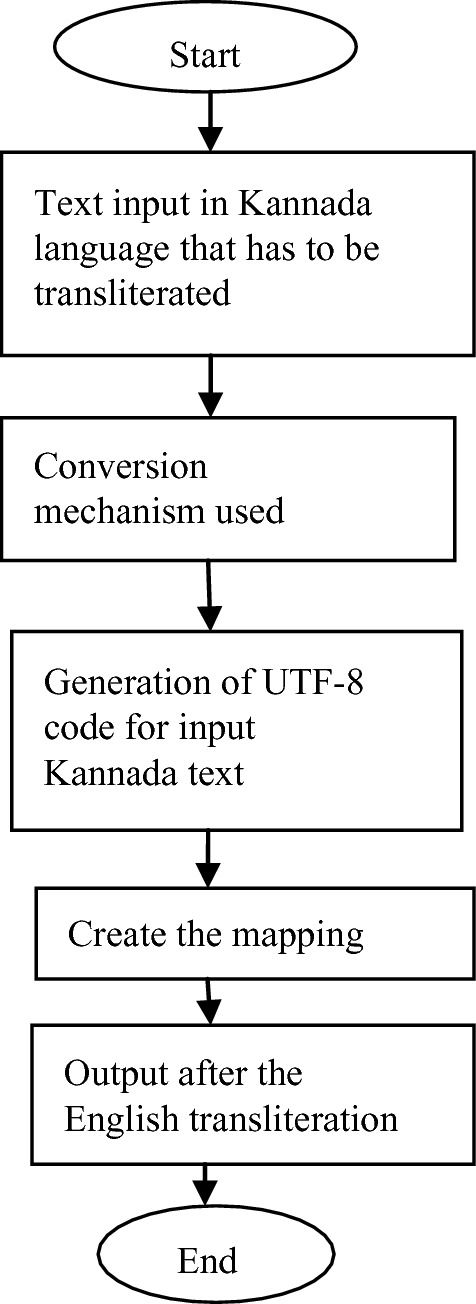- Bhagavad Gita 15 Chapter In Kannada Pdf
- Bhagavad Gita Chapter 11
- Bhagavad Gita Summary
- Bhagavad Gita In Hindi Book
- Bhagavad Gita 15 Chapter In Kannada Telugu
These are few sample Bhagavad Gita mp3 kannada recitations distributed by ISKCON on account of Gita Jayanthi - The International Society for Krishna Consciousness - which constantly works in propagating Shri Krishna's teachings. Chapter 15 Chapter 16 Chapter 17 Chapter 18 Click on the links to listen or download the music. Email This BlogThis! Bhagavad Gita Kannada’ android app contains collection of all shlokas present in 18 chapters of Bhagavad Gita & their meaning and interpretation in Kannada. ಅಧ್ಯಾಯ ಒಂದು - ಮುನ್ನುಡಿ -1 ಅಧ್ಯಾಯ ಎರಡು -2 ಅಧ್ಯಾಯ ಮೂರು -3 ಅಧ್ಯಾಯ ನಾಲ್ಕು -4.
The first chapter of the Bhagavad Gita - Arjuna Vishada Yoga introduces the setup, the setting, the characters and the circumstances that led to the epic battle of Mahabharata, fought between the Pandavas and the Kauravas. It outlines the reasons that led to the revelation of the of Bhagavad Gita.As both armies stand ready for the battle, the mighty warrior Arjuna, on observing the warriors on both sides becomes increasingly sad and depressed due to the fear of losing his relatives and friends and the consequent sins attributed to killing his own relatives. So, he surrenders to Lord Krishna, seeking a solution. Thus, follows the wisdom of the Bhagavad Gita.
Verse 1
Dhritarastra said: O Sanjaya, what did my sons and the sons of Pandu actually do when, eager for battle, they gathered together on the holy field of Kuruksetra?
Bhagavad Gita 15 Chapter In Kannada Pdf
OPEN VERSEBhagavad Gita Chapter 11
Verse 2
Sanjaya said: But then, seeing the army of the Pandavas in battle array, King Duryodhana approached his teacher (Dronacharya) and spoke the following words:
OPEN VERSEVerse 3
O teacher, (please) see this vast army of the sons of Pandu, arrayed for battle by the son of Drupada, your intelligent disciple, Dhrishtadyumna.
OPEN VERSEVerse 4
Bhagavad Gita Summary
There are in this army, heroes wielding great bows, and equal in military prowess to Bhima and Arjuna: Yuyudhana (Satyaki) and Virata, and the maharatha (great chariot-rider) Drupada;
OPEN VERSEVerse 5
Dhrstaketu, Cekitana, and the valiant king of Kasi (Varanasi); Purujit and Kuntibhoja, and Saibya, the choicest among men;
Bhagavad Gita In Hindi Book
OPEN VERSEVerse 6
And the chivalrous Yudhamanyu, and the valiant Uttamaujas; son of Subhadra (Abhimanyu) and the sons of Draupadi all (of whom) are, verily, maharathas.
 OPEN VERSE
OPEN VERSEVisnuswami |
Bhagavad Gita 15 Chapter In Kannada Telugu
Without dispassion spiritual knowledge will not be able to manifest.Therefore the Supreme Lord Krishna clearly delineates the science ofspiritual knowledge together with dispassion. In the last two verses of theprevious chapter he has emphasized unwavering devotion unto the SupremeLord which awards entrance into the consciousness of the eternal,imperishable brahman by His grace. But as it is impossible for one bereftof dispassion to ever achieve spiritual knowledge, the compassionateSupreme Lord first expounds the nature of this mundane material existenceby the metaphor of asvattha or banyan tree with its roots upwards and itsbranches downwards and its leaves the Vedic aphorisms. The roots aboverefers to the root of all the eternal Supreme Lord and the imperishableatma or immortal soul. The branches downward refers to transitory livingentities consisiting of the demigods headed by Brahma, who all have afinite span of life in material existence even if they live for millionsand billions of years. Transitory is another meaning of asvattha and forthe devotees of the Supreme Lord the material world may not last even untotomorrow. That which lasts until tommorrow is known as stvattha so asvatthais that which will not last until tomorrow. It is avyayam or indestuctiblebecause it is like a continuous stream although ever changing it neverstops. The Katha Upanisad III.I beginning urdhva mulo avak shakha states:There is an ancient banyan tree whose roots are above and branches arebelow. Whose leaves are the Vedas refers to aphorisms in the Vedicscriptures which propound the activities which should be done and theactivities which should not be done by human beings. The absoluteauthority of the Vedic scriptures establish the criteria for all livingentities and confirms that this mundane tree provides sanctuary to allliving beings by the results of their karmas or reactions to actions whichcan be compared to the shade of their leaves. One who comprehends thisancient banyan tree with this understanding is therefore spirituallyknowledgeable and is praised as a knower of the teachings of the Vedicscriptures.

